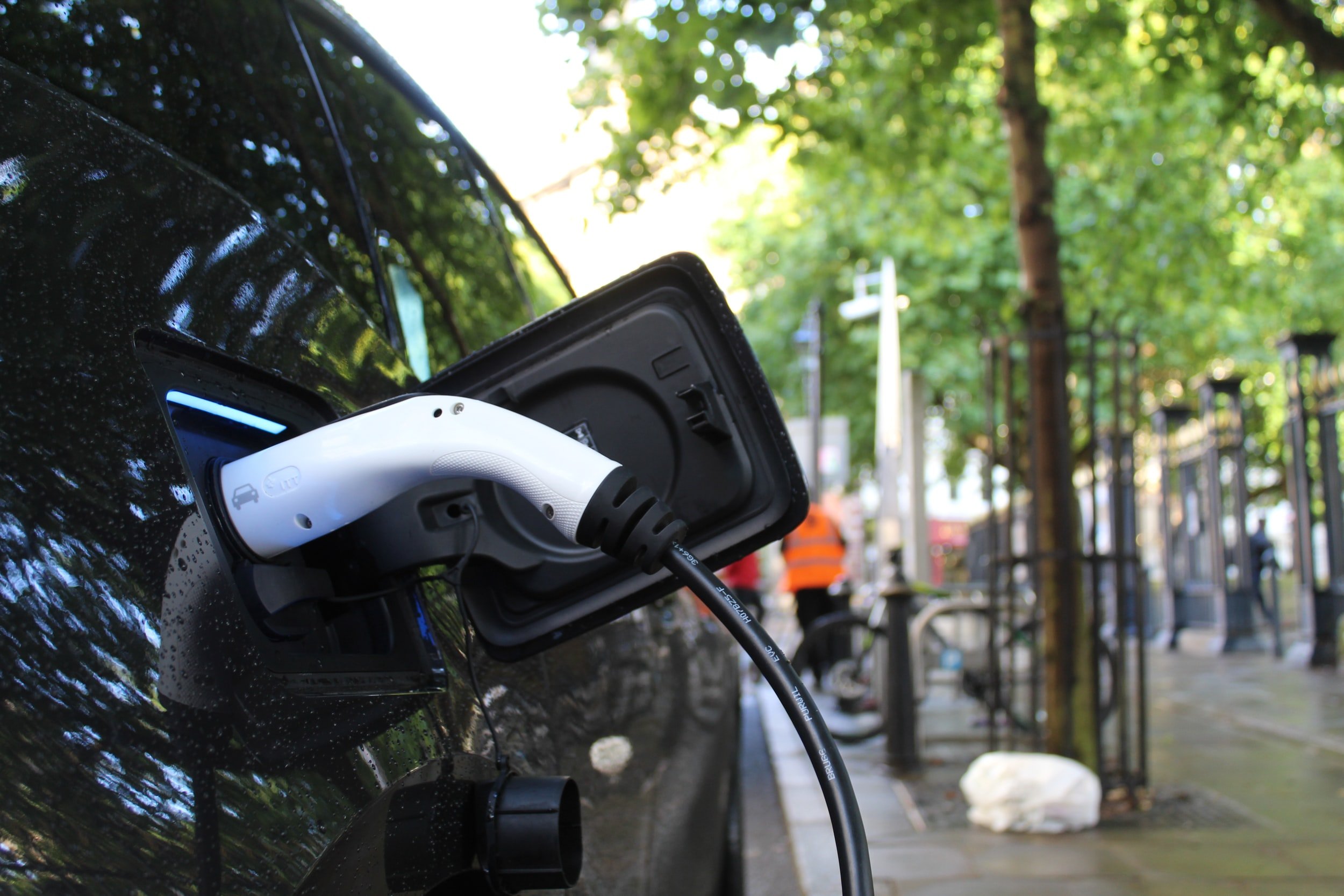As more and more smart cities emerge all over the world, smart tourism is becoming increasingly important. The difference between the two? Smart cities focus primarily on improving the lives of their residents, whereas smart tourism initiatives are focused on pleasing visitors, whilst also enhancing the quality of life for local residents.
A key aspect of any smart destination is the integration of ICTs into physical infrastructure (Gretzel, Sigala, et al., 2015). When a tourism destination gets smarter, the tourists’ needs and demands are expected to be fulfilled more efficiently to create a better tourist experience. Smart apps and products are implemented across the user’s experience to accommodate the visitors that come to explore their city, such as virtual 3D city maps, LED-animations to illuminate iconic buildings, tourism websites with smart apps such as a water fountain locator, but also something as ‘simple’ as creating free Wi-Fi network accessible around the city.
Time for us to take a look at some of the future trends of smart tourism:
Accommodate booking beforehand
The way people like to book things is changing - more and more people book accommodations but also activities before leaving their homes. If anything, what Corona has taught us is that time is precious and nothing is self-evident, therefore people want to make sure they are getting the experiences they want by planning and booking more beforehand. This also works for planning ahead on location; in the north of Germany, in Lübeck Bay, the local tourism office has implemented sensors at the entry and exit points of a few adjacent beaches that can be tracked in real-time by its guests, and again at the nearby parking lots. Let’s say, for example, that you were planning to visit Timmendorfer Strand, but the live ticker on the website shows you that the beach at Scharbeutz is actually a lot less busy today. You might want to adapt your plan and go there instead.
2. Utilize the current BYOD-culture
Some tourist operators do this already, and the tourist operators that aren’t should consider facilitating the BYOD-culture (‘Bring Your Own Device’) by making tours accessible from a visitor’s smartphone. People are glued to their phones and tablets these days and generally like to use their own devices to explore a city. Create an app to guide visitors through the city for example, by showing them on a map where the next public restroom is. This is the type of information a tourist would benefit greatly from.
3. Wearable technology
Wearable technology is enhancing the tourist experience in large destinations. Smart watches and tech wristbands can do anything from opening your cabin door on a cruise to downloading your boarding pass on a plane or even voice activating local directions.
4. Explore new technologies
As is shown by the examples above, technology makes tours more accessible: Recent advancements in audio technologies like Listen Technologies’ Navilution® Wi-Fi, an automated GPS multilingual commentary system, are proving a win/win for both visitors and tour operators. Navilution also allows tour operators to collect, analyze, and share passenger information, making their job of building stronger sales and marketing solutions considerably easier and more powerful, plus enhancing the guest experience.
5. Accessibility & Inclusivity
Accessibility of a city and its points of interests can, for example, be enhanced by smart technologies through creating maps with wheelchair-friendly routes and access points. Where accessibility has always been and will always be an important topic, inclusivity is perhaps a rather new development that is gaining importance quickly in life, and in tourism. The great thing about technology and apps is that it’s available to anyone with a smartphone; regardless of race, gender, income level, sexual orientation. A nice example of inclusive tourism are beacons placed at touristic sights that Amsterdam uses to let tourist signs translate themselves into different languages.
6. Sustainable travel
Smart cities have the potential to be much more sustainable than non-smart cities. Same goes for tourism. People don’t want to feel guilty about going on a trip. They want to still enjoy traveling, but limit the negative effects on climate as well. A very simple example of sustainable smart tourism is: if you do a city tour with an app, no flyers, paper maps, or other receipts and tickets are required; hence, you’re saving paper. Sustainable travel is a field where smart initiatives such as a smart waste collection or smart parking can come into play. More and more cities are creating mobility hubs outside of the city center with good public transport connections to the inner city and/or rental bike stations or rental e-scooters. Additionally, smart parking sensors are currently applied already to monitor and optimize the use of e-cars. And that’s only the very beginning…
7. Open data
Where Europe is mainly utilizing smart solutions in order to show innovation and create a competitive edge compared to other destinations, Australia takes a different approach and focuses on smart governance and specifically open data. A concrete example: Tourism Australia and Virgin Airlines partnered together to understand user journeys and assist in trip planning by sharing data such as destination interests in order to provide personalized airline deals and offers.
Want to talk to a smart parking expert to see what they could do to transform your city into a smarter tourism destination? Book a demo by clicking the button below.
























































